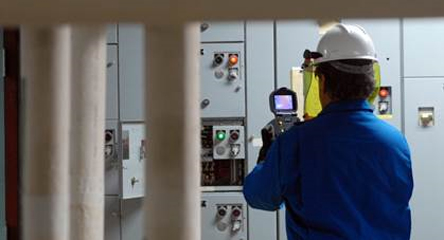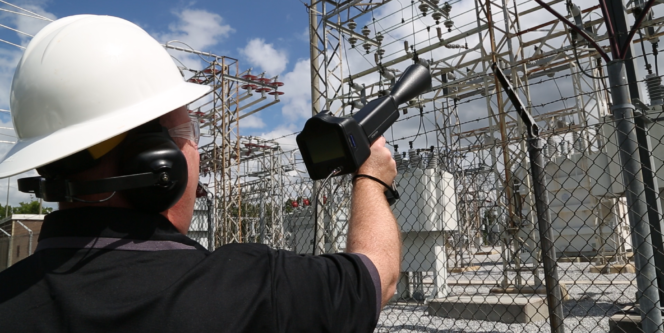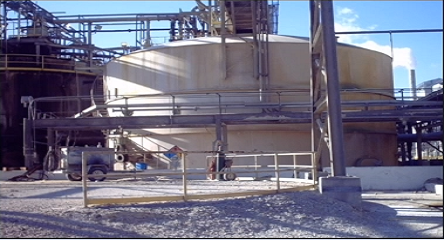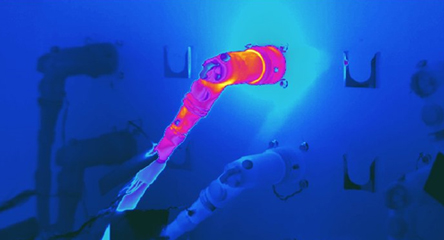About the Author
Alan is a Chartered Engineer with 20+ years of experience in advanced product design and development. His experience spans analogue and digital design, wireless technologies, embedded systems, firmware, data analysis, complex algorithms and applied physics.
His expertise is in sensor technologies and low power wireless interface electronics. An innovator at heart, resulting in 8 granted patents in unique sensing applications, within industrial, medical and automotive markets. He has a proven track record of creating products from concept to high volume production, whilst developing an innovative technology roadmap. He holds BEng (Hons) in Electronic Systems from University of Ulster.






